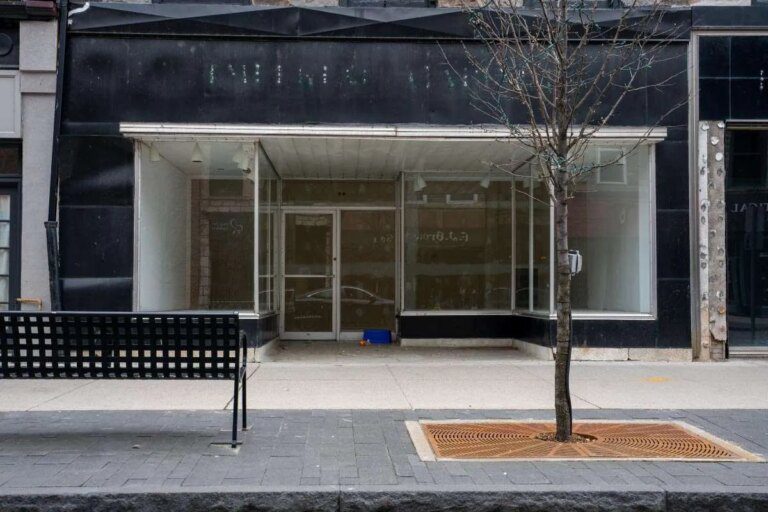California’s Proposed Commercial Vacancy Tax: A Controversial Measure
California is on the verge of introducing the nation’s most extensive commercial vacancy tax, igniting a lively debate within the real estate sector. Senate Bill 789 proposes an annual tax of $5 per square foot on commercial properties that remain unoccupied for over six months. This initiative aims to tackle urban blight and generate revenue for housing and homelessness solutions.
Supporters’ Perspective
Advocates for SB 789 argue that the tax will revitalize communities by encouraging property owners to fill vacant spaces. They believe it will unlock potential storefronts and create economic opportunities, fostering vibrant local environments.
Concerns from Industry Stakeholders
However, key players in the real estate market—landlords, brokers, and developers—are raising alarms about the proposed measure. They view it as a blunt approach that might yield unintended consequences.
- Critics highlight the complexity of leasing commercial properties, which involves significant time and financial investments.
- They argue that the exemptions for properties undergoing renovations or facing permitting delays are insufficient, as the leasing of commercial spaces is inherently more complicated than that of residential rentals.
- The California real estate landscape is already burdened by dense regulations and high operational costs, factors that could deter potential investors.
Lessons from San Francisco
Proponents of the bill often reference San Francisco’s local vacancy tax, established in 2020, as a model. However, the results have been less than favorable; compliance has been inconsistent, and the tax has failed to significantly reduce the number of vacant storefronts. Critics argue that instead of providing relief, this tax has only added extra pressure to a market already on the brink.
Compounding the issue, a related empty homes tax in the city was recently ruled unconstitutional, leaving its future uncertain.
Innovative Alternatives on the Table
While the state grapples with the challenges posed by vacant commercial spaces, innovative solutions are also being explored. A design competition called “Market Street Reimagined” has been launched, offering a $100,000 prize for original ideas to help revive San Francisco’s commercial core. Such initiatives indicate a preference among some policymakers for creative solutions rather than punitive measures.
Conclusion
As California moves forward with SB 789, the real estate industry’s concerns underline the complexities of managing urban commercial spaces. The balance between taxation and fostering a vibrant marketplace remains a contentious topic, with ongoing discussions likely to shape the future of the state’s economic landscape.
